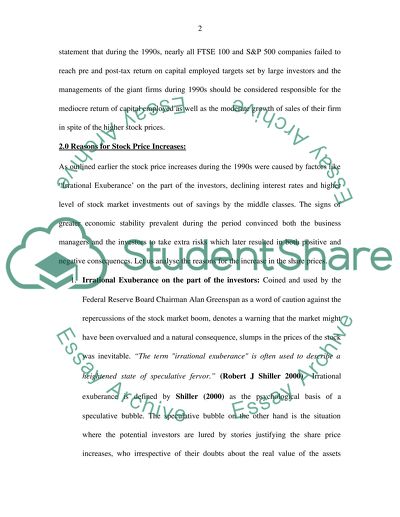Cite this document
(Stock Prices in the UK and the US Term Paper Example | Topics and Well Written Essays - 2000 words, n.d.)
Stock Prices in the UK and the US Term Paper Example | Topics and Well Written Essays - 2000 words. Retrieved from https://studentshare.org/finance-accounting/1505879-stock-price-increases-in-1990s
Stock Prices in the UK and the US Term Paper Example | Topics and Well Written Essays - 2000 words. Retrieved from https://studentshare.org/finance-accounting/1505879-stock-price-increases-in-1990s
(Stock Prices in the UK and the US Term Paper Example | Topics and Well Written Essays - 2000 Words)
Stock Prices in the UK and the US Term Paper Example | Topics and Well Written Essays - 2000 Words. https://studentshare.org/finance-accounting/1505879-stock-price-increases-in-1990s.
Stock Prices in the UK and the US Term Paper Example | Topics and Well Written Essays - 2000 Words. https://studentshare.org/finance-accounting/1505879-stock-price-increases-in-1990s.
“Stock Prices in the UK and the US Term Paper Example | Topics and Well Written Essays - 2000 Words”, n.d. https://studentshare.org/finance-accounting/1505879-stock-price-increases-in-1990s.


